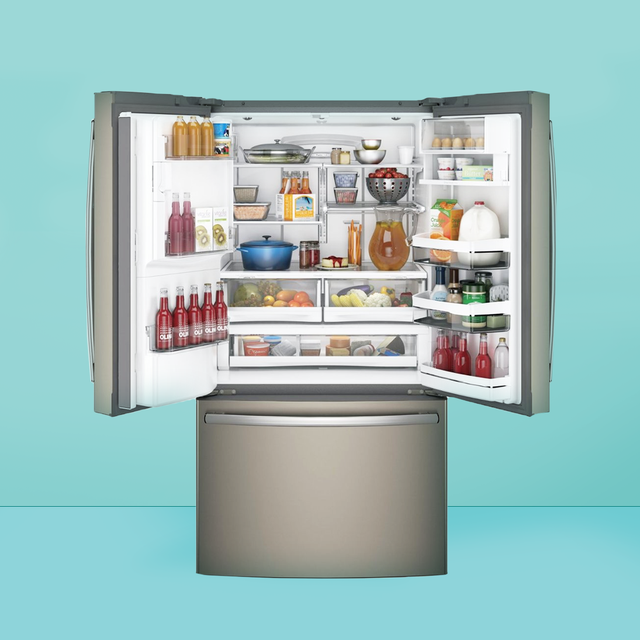When we consider food preservation and shelf-life of foods in the home, one of the most important determinants is often the most over-looked. It’s your home refrigerator.
After all, that’s where we keep our milk, meat, poultry, eggs, and most of our fruits and vegetables. If the refrigerator is not set an appropriate temperature or warms up for various reasons, perishable foods will spoil faster.
In these two papers (here and here), researchers described how predictive computer models for low temperature microbial growth are often based on constant temperatures. In contrast, in real life, temperatures fluctuate, even in the refrigerator. For example, every time the door is opened, ambient air enters and warms up the inside. The longer the door is open, the greater the effect. Some of the large refrigerators have doors than can hold a gallon of milk – convenient perhaps, but door spaces are exposed and warm up even more.
Other factors include load – the fullness of the interior and even the specific heat of those items will have an effect. Plus, the type of refrigeration – single versus variable speed compressors can make difference.
Collectively, this is why the authors estimate that 70% of home refrigerators operate at greater than 5 C. As noted above, this is not good for food preservation, as spoilage occurs much faster if the temperature is only a few degrees higher than the optimum. Plus, higher temperatures also raise the risk for foodborne disease.
What advice would you give to refrigerator manufacturers to improve cold storage of foods at home?
Image from Good Housekeeping

